IIHS Study Finds Pedestrian Avoidance Systems Aren't Effective at Night
【Summary】The IIHS found that automatic emergency braking systems that can detect pedestrians work well on well-lit roads and in the daytime, but when the sun goes down, the system's effectiveness decreases.
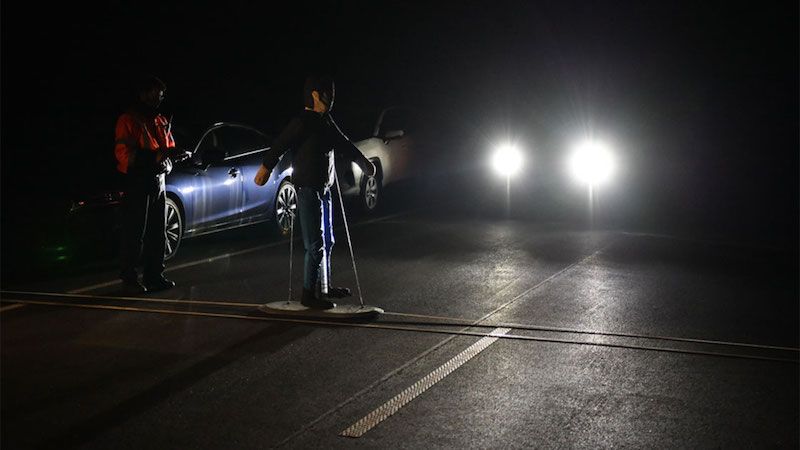
Last month, the Insurance Institute for Highway Safety (IIHS) announced that it would begin to rate advanced driver assist systems. The test and scores are meant to help shoppers and owners get a better idea of what the advanced systems in their cars can actually do. Before the IIHS gets to work on assigning scores to popular Level 2 semi-autonomous systems, it's getting to work on testing various safety features. The latest feature to be tested is automatic emergency braking systems with pedestrian detection.
Pedestrian Detection Struggles At Night
In the IIHS' testing, the organization found that pedestrian detection helped reduce the severity of pedestrian crashes by 27 percent compared to vehicles that don't have the feature. Injury crash rates were 30 percent lower, too. So, automatic emergency braking with pedestrian detection is undoubtedly a good safety feature that works. Unfortunately, the IIHS found that the system is a different story when the sun goes down.
"This is the first real-world study of pedestrian AEB to cover a broad range of manufacturers, and it proves the technology is eliminating crashes," says Jessica Cicchino, IIHS vice president of research and the study's author. "Unfortunately, it also shows these systems are much less effective in the dark, where three-quarters of fatal pedestrian crashes happen."
To complete its study, the IIHS tested eight vehicles with automatic emergency braking with pedestrian detection. The vehicles included the Chevrolet Trailblazer, Honda CR-V, Ford Bronco Sport, Subaru Forester, Hyundai Venue, Toyota C-HR, Volvo XC40, and Volkswagen Taos. The best-performing SUVs in the test were the Bronco Sport and C-HR.
One System Isn't Better Than Others
Unlike the other SUVs tested, these use cameras and radar to detect pedestrians. Having both systems, though, doesn't automatically mean a great result in dark conditions. The CR-V, Venue, and XC40 have camera and radar systems, and they didn't perform that well in the test.
Additionally, the test didn't prove that good headlights resulted in better scores. The IIHS' results found that a specific kind of system didn't automatically mean a better score. "Some systems worked much better than others in the dark, but there was no single type of technology that got better results," said David Aylor, manager of active safety testing at the IIHS.
Since quite a lot of automobile-related incidents with pedestrians occur at night — the organization claims approximately 75 percent — the IIHS believes that the time has come for the institute to develop a nighttime test. The first pedestrian crash prevention ratings from the nighttime test will come out later this year.
-

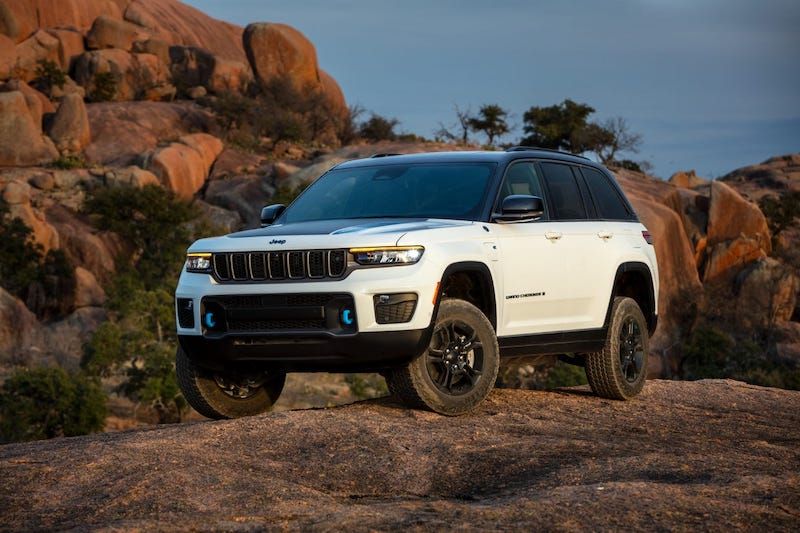
2023 Jeep Grand Cherokee Trailhawk Now PHEV Only
-

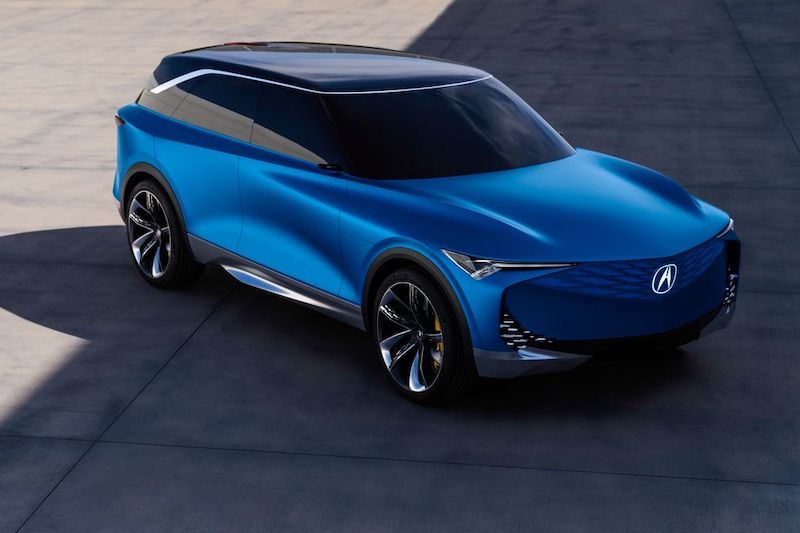
Acura Prevision EV Concept Previews Brand’s Electric Future
-

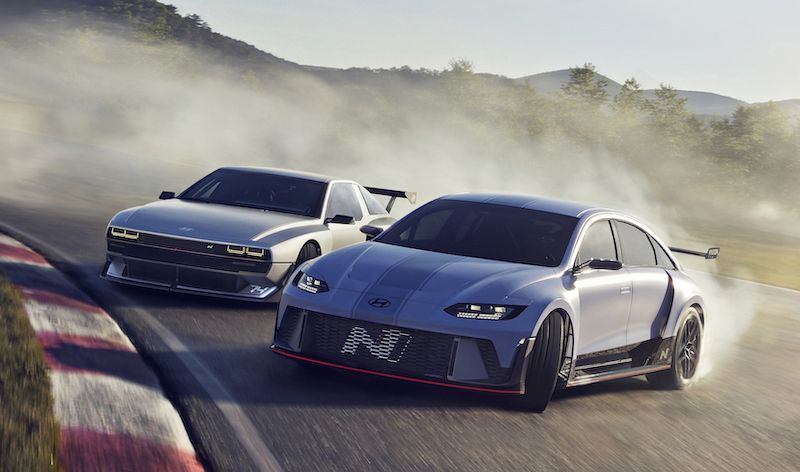
Hyundai Gets Serious About Electric Performance Cars, Shows off Two Concepts
-


Ford Looks to Have 100% of EV Sales Be Online
-

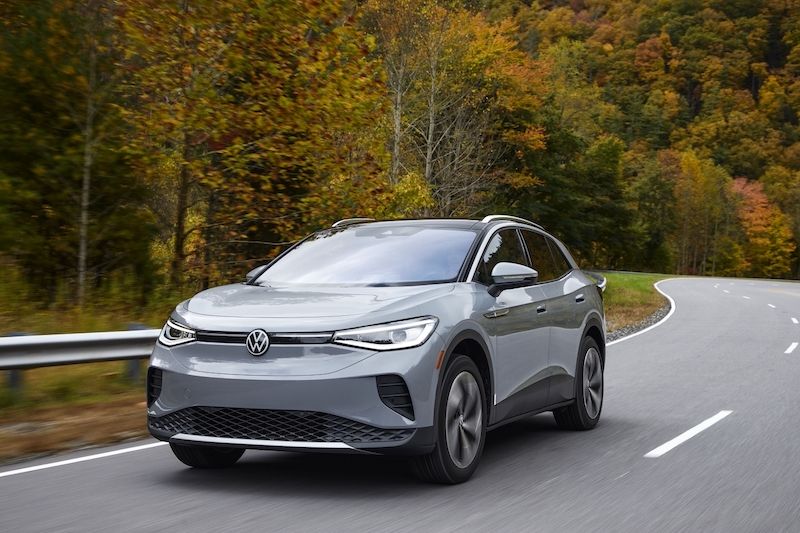
Volkswagen CEO Believes It Will Overtake Tesla in EV Sales by 2025
-

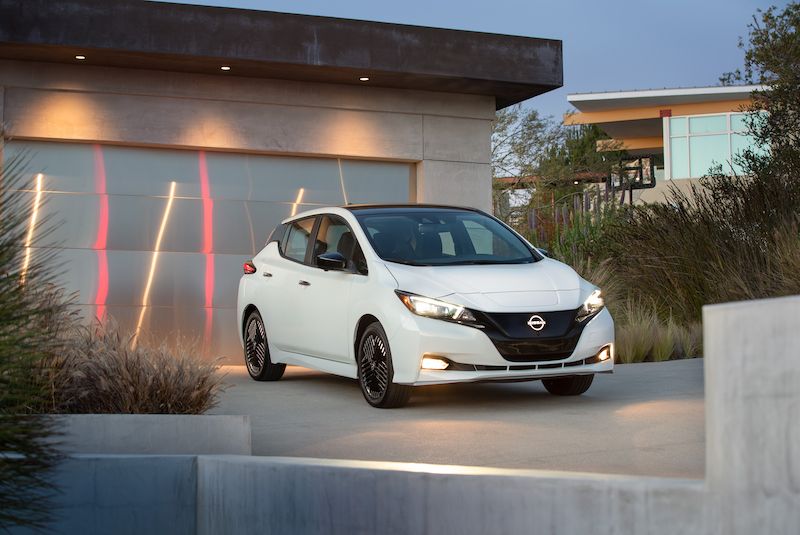
Report Claims Nissan Leaf Will Be Discontinued by 2025
-


Autonomous Vehicles Will Require Cities to Change Their Transportation Methods
-


Rivian, Mercedes-Benz Partner to Produce Electric Commercial Vans
- China Has Installed Around 4.7 Million Electric Vehicle Charging Poles as of October 2022
- General Motors is Doubling its Super Cruise Hands-Free Driving Network to 400,000 Miles of Roads in North America
- Volvo Offers a Sneak Peak of its New Flagship EX90 Electric SUV Ahead of its Upcoming Reveal on Nov 9
- The Tesla Model Y and Model 3 Take the 1st and 2nd Place Spots in the Annual Cars.com ‘American-Made Index’
- Volkswagen’s Software Company CARIAD to Use BlackBerry QNX to Support ADAS and Autonomous Driving Functions of Future VW Vehicles
- EV Charging Provider ChargePoint to Install Hundreds of Chargers at Apartments and Condo Complexes Across California
- Tesla Raises Prices in the U.S. as Inflation Chips Away at its Profit Margins
- FCA to Pay $300 Million Fine for Emissions-Cheating Vehicles
- GM Launches its Dealer Community Charging Program, Aims to Install 40,000 EV Chargers in Rural Areas and Small Towns Across the U.S.
- Intel’s Self-Driving Car Unit Mobileye Postpones its Planned U.S. IPO That Could Value the Company up to $50 Billion











 About Us
About Us Contact Us
Contact Us Careers
Careers